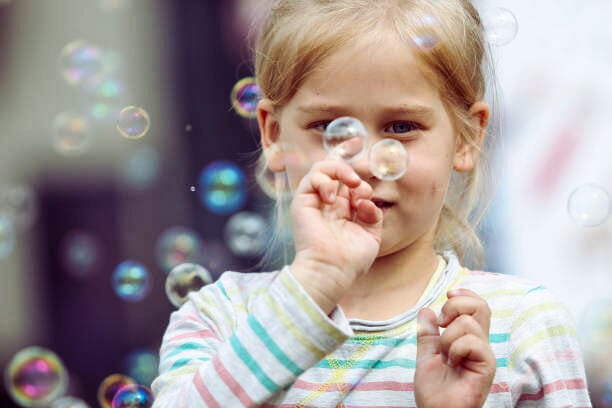Last updated December 30, 2024
Autism and eye contact are linked to autistic people. People with autism always fail or face difficulty. Eye contact helps people communicate their concerns and attention to whom they are talking. It’s also important for communicating their interest as well while interacting. And we need to maintain eye contact to respond to the clues of society. And failure is understood as disinterest or inattention in making eye contact.
What is eye contact?
Eye contact is a part of communication tactics and socialization and it also indicates interest. You may have seen a child feeling uncomfortable or shy in making eye contact. It does not mean all kids are affected by autism. Poor eye contact is not autism. It is natural for kids to feel uncomfortable connecting with unknown people.
Improve eye contact in autism
You can improve eye contact in autism with the following strategies at home.
1. Reinforce Eye Contact:
Positive reinforcement creates good vibes like smiles, nods, or phrases such as “Thank you for looking,” “Great looking at me!” or you can say “What pretty eyes you have!”. You will have good results.
2. Day-to-day activity:
During the whole day, you have plenty of opportunities where you can work on improving your child’s eye contact. You can use a smile, laugh, hug, tickle, make funny faces, different sounds, or whatever you feel appropriate that can help to meet eye contact. And it is not once a day but multiple times with consistency.
3. Eye contact while eating:
Feeding is a great opportunity to improve eye contact, once your kid’s eye muscles and depth perception are developed. When your babies grow start taking food with a spoon. This is the right time to get the baby’s attention. Easily you can raise the spoon to the line of vision between you and your baby’s eye. Reward your baby with a smile while contacting and do not forget your target before sharing food with them.

4. While Requesting:
When your child asks for something like a food item, toy, or something else. Do not give up until he meets the target. If he is not doing the same you need to wait for eye contact before handing off the item he asked for. Show that item in front of your eyes so that he will be able to connect.
5. While Playing:
Connects when you play games with your child. As you know babies love games. Make maximum use of these opportunities. This is the right time when a child becomes attentive and obeys easily.
6. During conversation:
One of the best ways to get attention is to call your child by name whenever you start a conversation with him. Maybe he does not respond to you but you have not to stop here until he looks at you. Go ahead with your conversation only if he responds. If he is not responding even after calling repeatedly, then you need to check the cause and distract him from where he is stuck.
If your child can understand languages this is a plus point for you to encourage during all conversations. We teach our children to say thank you and good morning but forget to meet your target at the same time. You need to follow it aggressively and consistently. Also, you can teach your child to look the person in the eye when saying hello, goodbye, etc.
7. How to Prompt Eye Contact:
It is very easy to get the attention of your child When your child fails to make connections at an appropriate time when needed. you can prompt him by touching his chin, showing his favorite toys, or using phrases like “I can’t see your beautiful eyes,” “See here” or “Look at me,”
And, If your child is older you can take him to look in a particular direction when speaking.
Closing line:
Positivity, encouragement, patience, and smiles, can help you to make eye contact with your child. And you can teach your child just by sitting at home. Practice is the only thing that can improve the situation. Eye contact can help your child avoid awkwardness in society, school, and home. Gut Health
